“There is no safe amount”: Warning over so-called ‘healthy’ RTDs
Health Promotion Adviser of Alcohol Healthwatch Catherine Anderson said consumers aren’t fully informed of the health risks when it comes to alcohol. Source: Jessie Curran.
Long-term trends show that ready-to-drink alcoholic beverages (RTDs) are becoming a top choice, as popular as wine.
Statistics New Zealand shows that since 2014, the total volume of spirit-based drinks available for consumption has steadily increased by 50 percent, overtaking wine in 2022.
University students spoken to for this story said there were several reasons they preferred RTDs, including favouring the low-sugar options – partially to lessen the hangover the next day.
University of Canterbury students said they drink approximately once a week and were deciding between RTDs and wine. Source: Jessie Curran.
Commonly, students said they purchased RTDs largely for the convenience, referring to the ability to seamlessly take a box of cans to a party.
UC student Keelah Bodle said RTDs were her go-to. “They are healthier, have no carbs, and actually taste good.”
Holly McGrath, co-founder of RTD brand Clean Collectives, said that over the last few years they had seen the “better for you” category explode.
“In terms of space on the shelves, they are generally half the [liquor] store, because that’s where the demand is,” said McGrath, who entered the alcohol market six years ago when the popularity in RTDs began to surge.
The local Liquorland in Riccarton, Christchurch operates from 10am to 11pm with a refrigerated section largely dedicated to RTDs. Source: Jessie Curran.
McGrath said people of all ages were becoming increasingly mindful about what they were putting in their bodies because of education and readily accessible information.
However, Health Promotion Advisor at Alcohol Healthwatch, Catherine Anderson, said the benefits were always overstated.
“There is an attempt to push RTDs as the healthier option, but there are no health benefits to alcohol.”
Anderson warned that while switching from high-sugar alternatives may have modest health benefits, people needed to be dubious about these claims.
“The alcohol industry is really well funded, with massive advertising budgets aiming to lock in drinkers, but the reality is there is no safe amount of alcohol that does not affect health.”
Despite the drop of total alcohol available for consumption, Anderson said consumption wasn't a measure of harm.
Alcohol-related harm costs Aotearoa New Zealand $7 billion per year, and Anderson expects that figure to increase when calculations are redone mid-year.



